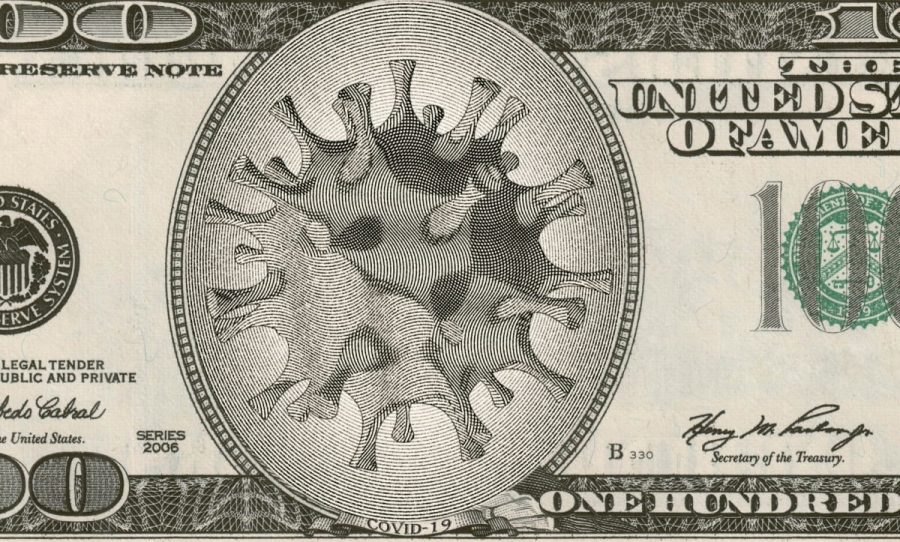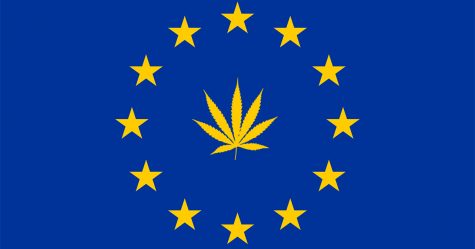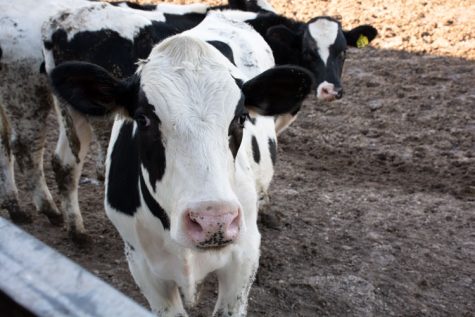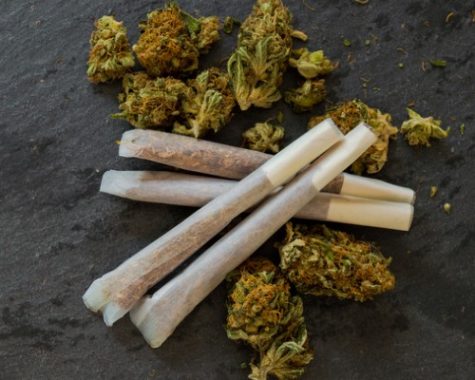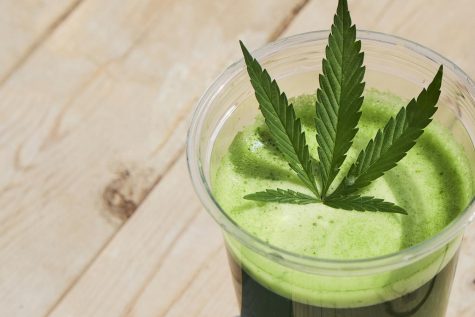Research: Growing acceptance of cannabis encourages college students to drink less and blaze more amid COVID-19
A recently published study discovered that almost half of college-age students across the United States have consumed the cannabis plant within the last year. The findings, researchers say, suggest that the coronavirus (COVID-19) pandemic may have encouraged more youngsters to dabble in the green stuff.
“The pandemic seems to have actually made [cannabis] into an alternative to escape the monotony of isolation,” said director of the federal government’s National Institute on Drug Abuse (NIDA), Nora Volkow. “It’s made life become more boring, more stressful. So if drugs let you experience that completely different mental state, I wonder whether that would be a factor that leads people to use them.”
Funded by the NIDA, the “Monitoring the Future” study has been observing drug consumption among college students and noncollege adults aged between 19 and 22 since the year 1980.
Researchers carried out the 2020 issue via the web. Approximately 1,500 young adults were questioned about their drug use amid COVID-19 from March 20, 2020-Nov. 30, 2020.
44 percent of college students used cannabis last year, representing 38 percent growth since 2015
Based on the findings of this NIDA-funded report, 44 percent of college students reported using cannabis last year. This demonstrates a 38 percent increase from 2015. Researchers also discovered a spike in “daily or near daily” cannabis usage, which surged from five percent to eight percent over the five-year period.
Simultaneously, college students claimed to consume less alcohol last year than they did in 2019. Specifically, consumption of alcoholic beverages among college students sank from 62 percent in 2019 to 56 percent in 2019.
Moreover, the number of people reporting feeling “drunk” in the past month slumped from 35 to 28 percent.
Binge-drinking habits were also outlined in the report. Anyone who consumes five or more alcoholic beverages within a two-week period is deemed to be a “binge drinker.” Interestingly, binge-drinking rates fell from 32 percent to 24 percent; representing the lowest in the study’s history.
“While binge drinking has been gradually decreasing among students in college for the past few decades, this is the new historic low,” said the University of Michigan’s psychology professor, John Schulenberg. He also served as the study’s lead investigator.
More college students are using psychedelic substances
Another trend that surfaced from the NIDA survey was a four-percentage-point surge in college students using psychedelic substances. Notably, hallucinogen consumption inflated nine percent in 2020 from five percent in 2019. Among non-college young adults, consumption of psychedelic drugs surged from eight to 10 percent.
While the study does not tackle the forces driving these tendencies, scientists speculate that the coronavirus pandemic’s toll has had a monumental impact on the daily life and mental health of young adult consumption.
The historic reduction in alcohol consumption, for example, coexists with a time framed by isolation, quarantine and social distancing measures.
The findings mirror new research from associate professor of marketing at Kellogg School of Management, Ashlee Humphreys.
Published in the Journal of Consumer Research, her work demonstrates how cannabis’ negative connotations are not necessarily true; something that policymakers and consumers should take heed of.
Anyone interested in reading more of Humprey’s research can submit a request here.



